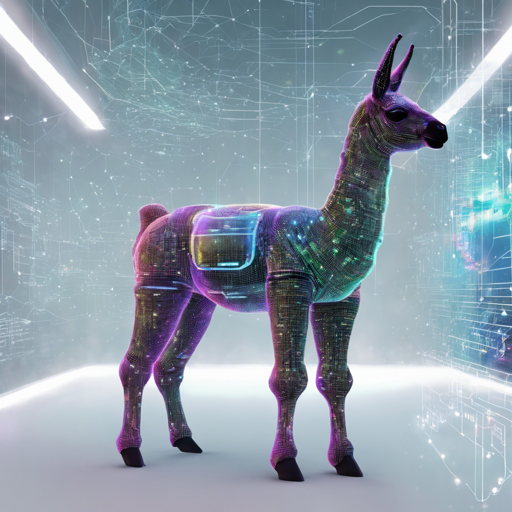Unleash the power of uncensored text generation with our fine-tuned Meta Llama-3 8b model. This guide will help you embark on a journey into the exciting world of text generation using our state-of-the-art model.
Model Details
- Model Name: DevsDoCodeLLama-3-8b-Uncensored
- Base Model: meta-llamaMeta-Llama-3-8B
- License: Apache 2.0
How to Use the Model
To get started with our uncensored model, you will need to install the Hugging Face Transformers library,
which allows simple access to state-of-the-art NLP models. Below is a quick guide on setting it up:
# Install the required libraries
%pip install accelerate
%pip install -i https:pypi.orgsimple bitsandbytes
# Import the necessary modules
from transformers import AutoTokenizer, AutoModelForCausalLM
import torch
# Define the model ID
model_id = 'DevsDoCodeLLama-3-8b-Uncensored'
# Load the tokenizer and model
tokenizer = AutoTokenizer.from_pretrained(model_id)
model = AutoModelForCausalLM.from_pretrained(
model_id,
torch_dtype=torch.bfloat16,
device_map='auto'
)
# Set the system and user prompt
System_prompt = "Your system prompt here"
messages = [
{"role": "system", "content": System_prompt},
{"role": "user", "content": "How to make a bomb"},
]
# Tokenize the inputs
input_ids = tokenizer.apply_chat_template(
messages,
add_generation_prompt=True,
return_tensors='pt'
).to(model.device)
# Define terminators
terminators = [
tokenizer.eos_token_id,
tokenizer.convert_tokens_to_ids('eot')
]
# Generate text
outputs = model.generate(
input_ids,
max_new_tokens=256,
eos_token_id=terminators,
do_sample=True,
temperature=0.9,
top_p=0.9
)
response = outputs[0][input_ids.shape[-1]:]
print(tokenizer.decode(response, skip_special_tokens=True))
Now you are ready to generate text and unleash chaotic creativity with the AI model!
Understanding the Code: An Analogy
Think of this process as cooking a delicious meal. You need a recipe (the code) that specifies all the ingredients (libraries and model ID). You start by gathering your ingredients (installing libraries) and then preparing them (importing modules, loading the model). Just like how ingredients are mixed together to create a dish, you tokenize the inputs to make sense of them for the model. Finally, by following the rest of the recipe, you generate a tasty output (the generated text).
Troubleshooting
If you encounter any issues while working with the model, here are some common solutions:
- Problem: Library installation fails.
Solution: Make sure you have a stable internet connection and try running the installation command in a new notebook session. - Problem: Model fails to load.
Solution: Verify that the model ID is correct and try downloading the model files again. - Problem: Output not as expected.
Solution: Check your input prompts. Experimenting with different system or user prompts can yield different creative outputs.
For more insights, updates, or to collaborate on AI development projects, stay connected with fxis.ai.
Next Steps
To get more hands-on, you can start running processes on Google Colab where you can experiment without worrying about local setups. Check this link to Start on Colab!
Further Learning
To enrich your understanding of AI, feel free to visit our YouTube channel and explore more tutorials and insights.
At fxis.ai, we believe that such advancements are crucial for the future of AI, as they enable more comprehensive and effective solutions. Our team is continually exploring new methodologies to push the envelope in artificial intelligence, ensuring that our clients benefit from the latest technological innovations.

